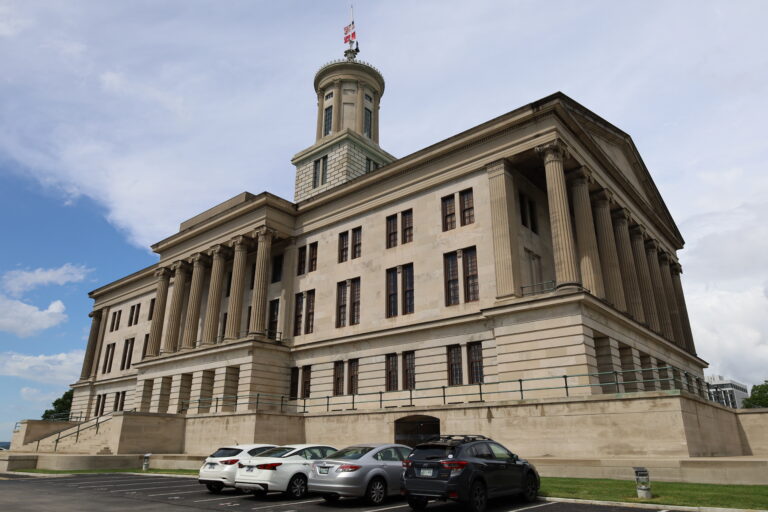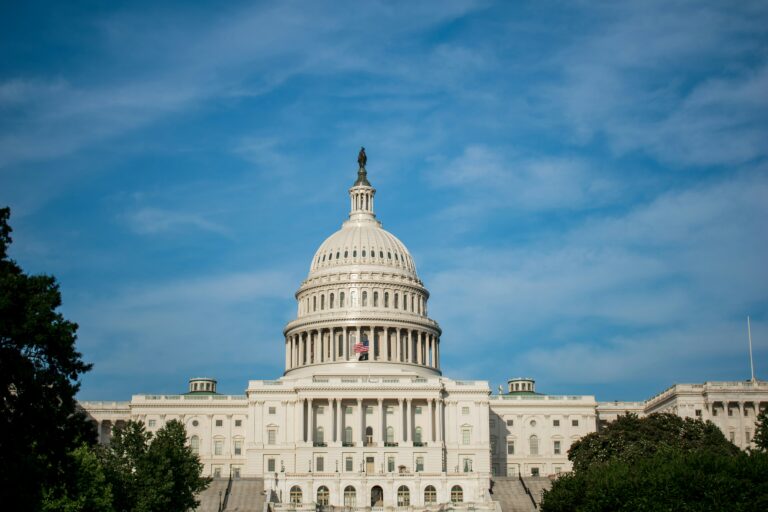On Saturday afternoon, the Senate confirmed the appointment of Brett Kavanaugh to the U.S. Supreme Court. The 50-48 vote is among the closest in history, and the tenor of battles over Kavanaugh’s fitness revealed and further rived a divided a country. Much commentary on the process anticipates the outcomes of a conservative bloc, as well as the extent to which the bitter and contentious confirmation process will damage the Court’s legitimacy, long term. The Society for Human Resource Management breaks down Kavanaugh’s possible roles in future labor and employment decisions, including those involving discrimination, LGBTQ rights, and the NLRA.
In dollars, HR consultants have calculated the impact already of the Kavanaugh confirmation on workplaces and businesses. According to consulting firm Challenger, Gray and Christmas, approximately 70 million people watched the September 27 Senate Judiciary Committee hearing while at work, and similar numbers have continued to follow, and be distracted by, related news. The dive in productivity has cost employers 8.8 billion dollars, the firm assesses. But the firm does not advise that employers admonish workers for their distraction, for it is prudent management to acknowledge the importance of the events, and to offer support to those who appear emotionally worn.
The Teamsters have both nominally refused and officially accepted a deal with UPS. On Saturday afternoon, 54% of voting members rejected the terms of a new five-year contract. However, per the voting rules in the union constitution, a simple majority was insufficient for rejection; the low turnout in this vote set the opposition threshold at 66.7% because majority requirements depend on voter participation. Bloomberg reports that this result may deepen current factions within the union. The result may also deepen tensions between labor and management, as UPS responds to competition from FedEx and Amazon with efficiency measures. The new deal secures a 13 dollar per hour minimum wage for part-time workers, below the 15 many were fighting for, and sets up a lower-paid “hybrid” class of drivers who also load packages.
Amazon’s minimum-wage raise may jeopardize some employee’s earnings, Wired explains. As Amazon is slashing compensation packages that offered performance bonuses and vested stock units to wage employees, at least one employee calculates a 1,400 dollar overall earning loss, despite a 1 dollar an hour raise. Amazon asserts that the bonus and stock packages were not predictable, and that their receipt often relied on factors beyond any individual worker’s control, like warehouse operations or the ability to stay on the job past the stock vesting period.
Regardless, thousands of full-time Amazon workers are not really Amazon’s workers, and so will continue to drive and deliver packages for Amazon, but won’t see any pay raise. As Business Insider explains, legions of Amazon drivers are employed by smaller third-party firms, which then contract with Amazon; these drivers may wear Amazon uniforms, are scheduled and tracked by Amazon, and meet daily with Amazon bosses. They may even be fired on the basis of Amazon’s performance metrics. Amazon maintains that while it does not set wages for these workers, it carefully audits the contracting companies to ensure they comply with labor and employment regulations.
Hotel workers in Chicago are celebrating victory after a four-week strike. Crowne Plaza, Hampton Inn/Homewood Suites, Holiday Inn Chicago Mart Plaza, and the Warwick Allerton have ratified contracts with Unite Here Local 1, guaranteeing workers year-round healthcare. (Those who were seasonally laid off in the slow winter months would previously lose benefits.) Strikes initially affected twenty six downtown hotels, and now only two – Cambria Magnificent Mile and the Kinzie Hotel – have yet to reach deals.
On the coasts, San Francisco and San Jose’s Marriott strike has spread to Oakland, and retains momentum in Boston, home to seven Marriott-run hotels. In the Bay area, Unite Here Local 2 has been in contract negotiations with Marriott management since June, and the workers have been without a contract since August 15. Chief among the worker’s grievances is the failure of wages to keep apace with the steep cost of living in the metropolitan areas. In Boston, Unite Here Local 26 seeks more predictable hours, improved sexual harrassment protocols, and protection from automation-inspired job losses.
A recent study comparing data, nationally and by county, on the age at which women first give birth may shed light on the sources of inequality in the U.S. With data from the National Center for Health Statistics, and at the behest of the New York Times, economist Caitlin Myers has pointed to the critical factors that coincide with a “half a generation” difference between the average first age of mothers on the coasts and in big cities (as high as 32), and that in rural areas, the Great Plains, and the South (as low as 20). Women with a college degree or higher are significantly more likely to wait to become mothers, while those without will both begin families earlier, and struggle more financially. Those who wait are advancing careers and savings, which, in turn, affect the support and enrichment they provide their young children, who then become more likely to succeed academically and economically. The report suggests that the age gap arises in part from social and psychological gaps, as women who perceive that a middle- or upper-middle-class lifestyle is attainable will find purpose in advancing their careers and in enjoying leisure while young, while those who do not see education or wealth in their reach will look for meaning in parenthood. The effect of this gap is also rooted in the wage penalty that working women suffer when they become mothers.
Also in the Times, Jennifer Senior points to another marker of inequality, as she opines that one lesson from the Kavanaugh confirmation is that the “jocks” or popular adolescents “really do inherit the earth.” Senior points to various studies tracking the correlation of popularity and self-esteem in high school with earning power and professional status later on. Among researchers’ findings is that men and women “who were rated good-looking as teenagers” earned more money than “average” peers as many as fifteen years later, regardless of how anyone looked in their 30s.






Daily News & Commentary
Start your day with our roundup of the latest labor developments. See all
April 26
Starbucks and Workers United resume bargaining talks; Amazon is ordered to disclose records; Alabamians support UAW’s unionization efforts.
April 25
FTC bans noncompete agreements; DOL increases overtime pay eligibility; and Labor Caucus urges JetBlue remain neutral to unionization efforts.
April 24
Workers in Montreal organize the first Amazon warehouse union in Canada and Fordham Graduate Student Workers reach a tentative agreement with the university.
April 23
Supreme Court hears cases about 10(j) injunctions and forced arbitration; workers increasingly strike before earning first union contract
April 22
DOL and EEOC beat the buzzer; Striking journalists get big NLRB news
April 21
Historic unionization at Volkswagen's Chattanooga plant; DOL cracks down on child labor; NY passes tax credit for journalists' salaries.